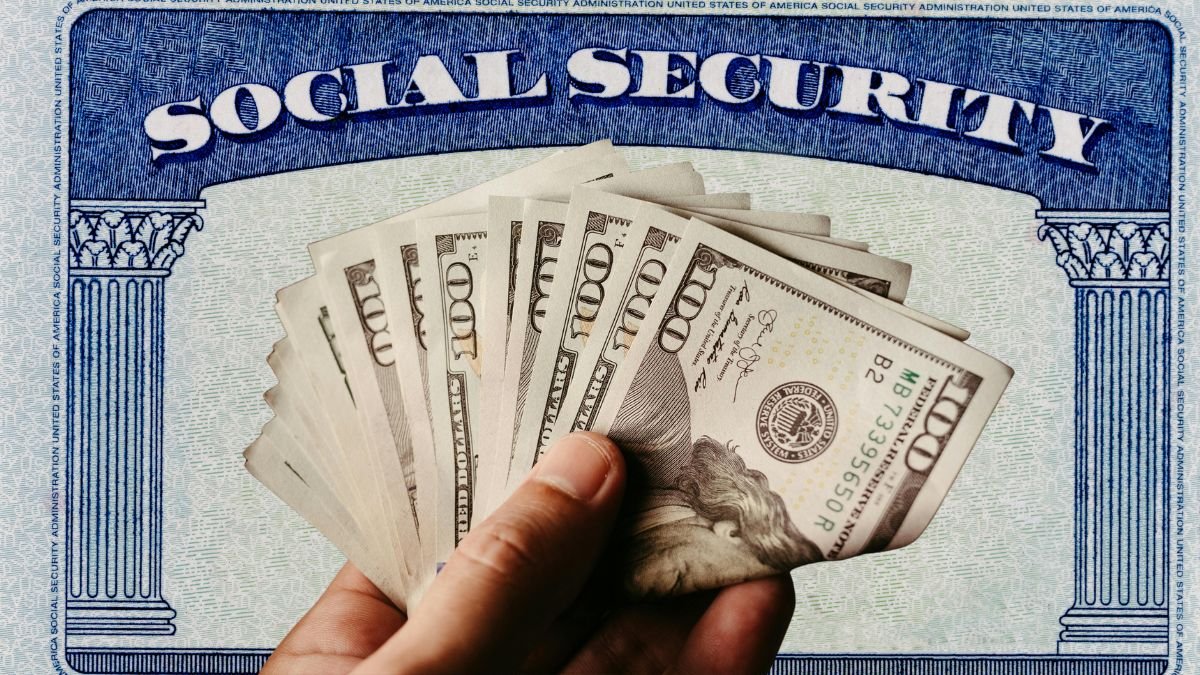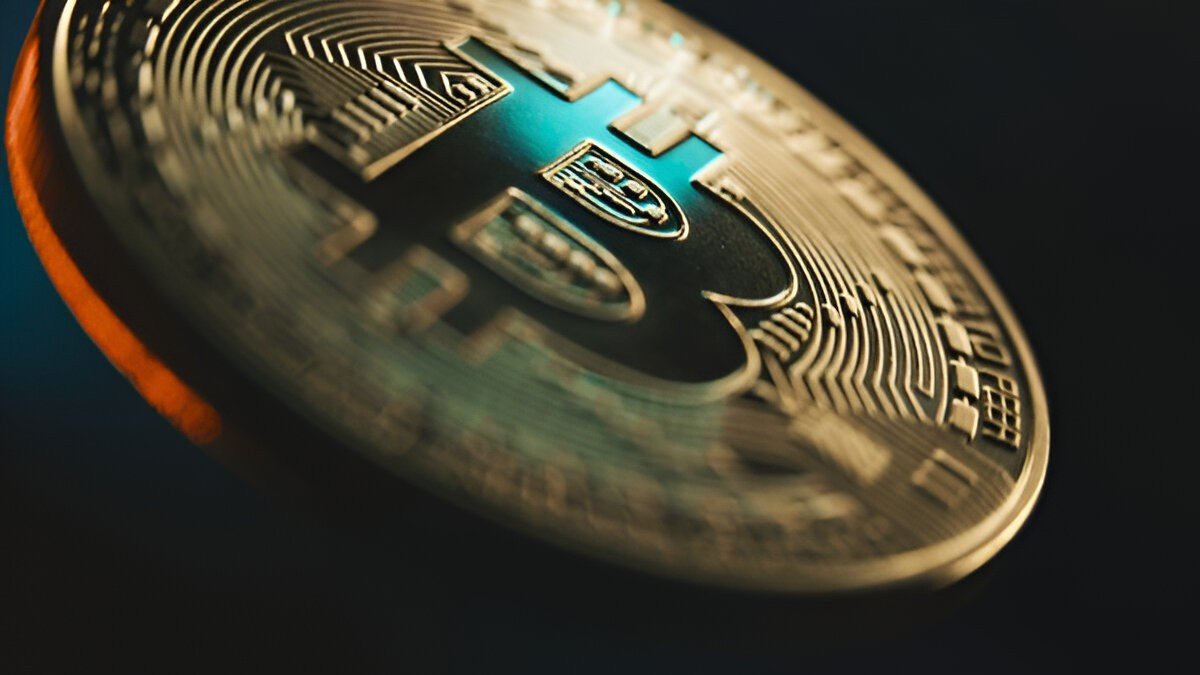Labor market growth in the U.S. is one of the important drivers of the U.S. economy that has significant implications for a lot of the areas of economic health such as wage inflation, consumer spending, and policy making decisions of the Federal Reserve. Considering that recent findings reveal a powerful rise in job creation, it is expected that the economy has found its right track. Nonetheless, the labor market growth may be accompanied by the positive and at the same time subtle economic and inflationary implications.
Understanding the Impact Of Labor Market Growth on Economic Resilience
Most of the industries of the economy, especially those relating to customer demand and consumer spending, are positively impacted by labor market growth. In a still growing labor market, there are more people getting jobs and thus, increased disposable income for the citizens. In addition, these earnings serve as a consumption stimulus, promoting the movement of the economy. Because of developments, the healthcare and state government areas are getting the most of it and are adding tens of thousands of new jobs every month.
However, the issue of wage inflation concerning the labor market growth impact cannot be ignored. Businesses, as they witness wages going up, are likely to raise the costs of the products and services they offer so that they can still make a profit in the face of higher labor costs. The impact of the increased prices is likely to hit all parts of the economy. It is a situation that presents quite a significant challenge to the Federal Reserve Bank in their efforts to maintain price stability and to stimulate economic growth by keeping inflation and unemployment low.
Leading to the Issue of Federal Reserve’s Response to the Impact Of Labor Market Growth
Labor market growth affects not only the consumers and the businesses but also the Federal Reserve. The central bank relies on the fact that job growth is the primary sign of the policy implementation of the government. A strong job market generally indicates that the economy is in good shape, but, at the same time, it may lead to inflation. The Federal Reserve, when the wage level is high as a result of the labor market being tight, will have to take steps such as increasing the rates of interest so that the economy won’t be on the verge of overheating.
The Federal Reserve’s reaction to the impact of labor market growth is vital for the purpose of keeping the economy of the state stable and on track in the long term. If inflation tends to increase rapidly then the Fed may think of increasing interest rates intentionally to slow down the progress of the markets. Even though the Fed sees that the employment scenario is not favorable and, thus, business activities are falling, it can take the action of reducing rates in order to boost consumption and investment.
What the Impact of Labor Market Growth Means for Consumers and Investors
As for consumers, labor market growth generally brings about an improvement in their lives, given the extra job chances and increases in salaries that almost always translate into financial security. The consumers are, however, likely to feel the most stress due to price hikes, especially in housing and healthcare, which might make them overlook the income side.
For those in the investment markets, the results of labor market growth not only bring in investment opportunities but also bear risks. On the one hand, a robust labor market can be an important driver of the economic expansion, which in turn may lift the stock market to new heights. On the other hand, if the labor market is the main cause of inflation, a situation can occur when the Federal Reserve decides to hike interest rates, and a decrease in the investment can be observed within interest-sensitive sectors like bonds and real estate.
To conclude, the impact of labor market growth on the U.S. economy is complex. On the one hand, it benefits the economic stability of the country and thereby raises the purchasing power of the citizens. On the other hand, it also generates the risk of inflation. Therefore, the Federal Reserve is required to be much more careful in their job of ensuring that both growth and inflation are moderate. While this is happening, the labor market will continue to alter its form and, therefore, its impact on the U.S. economy will always be a prime mover of the governmental policies in the economy.
For more information, please visit the official website of U.S. Bureau of Labor Statistics (BLS)
Impact Of Labor Market Growth On the U.S. Economy- FAQs
How does unemployment growth impact inflation?
The influence of labor market growth on inflation is very significant, increasing the number of jobs and wages make the prices of goods to go up. Hence, businesses pass the higher labor costs to consumers, and consequently, prices get higher and thus inflation is brought about.
How does the Federal Reserve respond to the impact of labor market growth?
The Federal Reserve monitors the impact of labor market growth closely. Strong job growth can lead to inflationary pressures, prompting the Fed to raise interest rates to prevent the economy from overheating.
What sectors benefit most from labor market growth?
The impact of labor market growth is especially felt in sectors such as healthcare, government, and social assistance. These industries continue to expand due to growing demand for services, particularly for an aging population.
How does labor market growth affect consumers and investors?
The impact of labor market growth benefits consumers by increasing job security and wages. For investors, it signals economic strength, though rising inflation could affect stock market performance and investment strategies in the long term.









